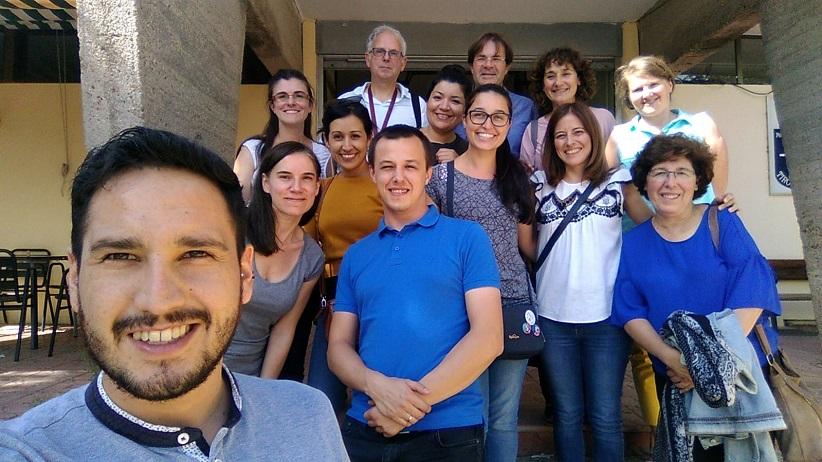Polish-Spanish research on lithium-ion batteries
Under the Mobility PW programme, Konrad Kwatek, DSc, from the Faculty of Physics at WUT, visited the Materials Science Institute of Madrid to conduct research. His research findings may lead to the application of a new solid electrolyte in lithium-ion batteries in the future.
LiTa2PO8 is a new ceramic lithium-ion conductor. In the future, it might be used in lithium-ion batteriesas a solid electrolyte. However, to make it happen, it is necessary to thoroughly assess the properties of this material first. To achieve that objective, at the turn of January and February this year, Dr Konrad Kwatek visited the Materials Science Institute in Madrid (ICMM), where during his two-week stay in collaboration with a team of Spanish researchers under the supervision of Professor Jesus Sanza, he conducted research utilizing the MAS-NMR method.
“With this method, we can evaluate materials in a solid state, although the NMR method is most frequently used for materials in a liquid state. Materials in a solid state have a dipole impact, which can be neutralised with the MAS technique,” says Dr Kwatek. “Good resolution of this method allows us to determine what happens to the material after thermal processing. Apart from the phase we are searching for, other foreign phases are additionally created, which can obstruct the transport of lithium ions between the seeds of the material and this way lower the total ion conductivity, which in turn will mean that the material cannot be applied in ion-lithium technology,” he explains.
Now the researcher is working on the optimisation of the material synthesis process.
“I am trying to obtain the purest material possible. Thanks to my Spanish trip I know which modifications I suggested are good and which ones are bad,” says Dr Kwatek. “I hope in the future we will be able to create a sufficiently pure compound and modify it so that it can be applied as a solid electrolyte,” he adds.


